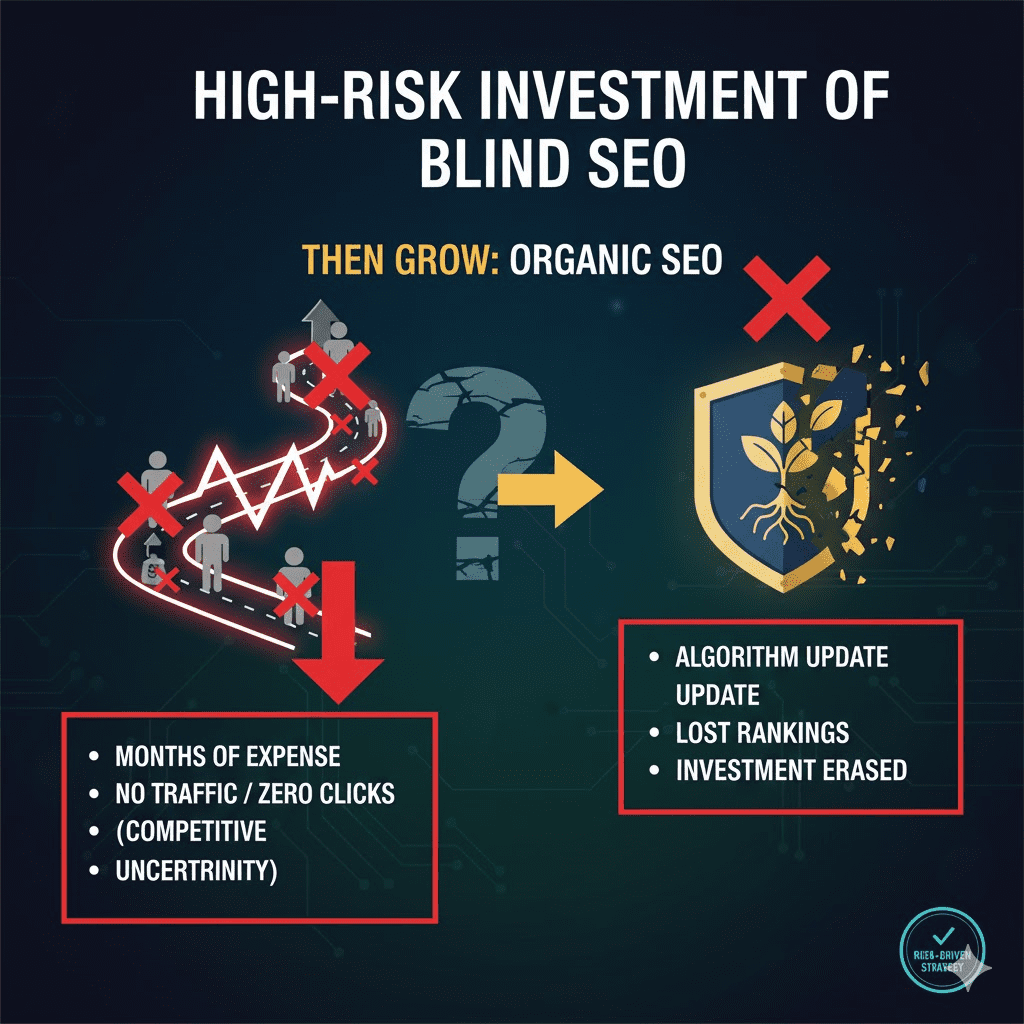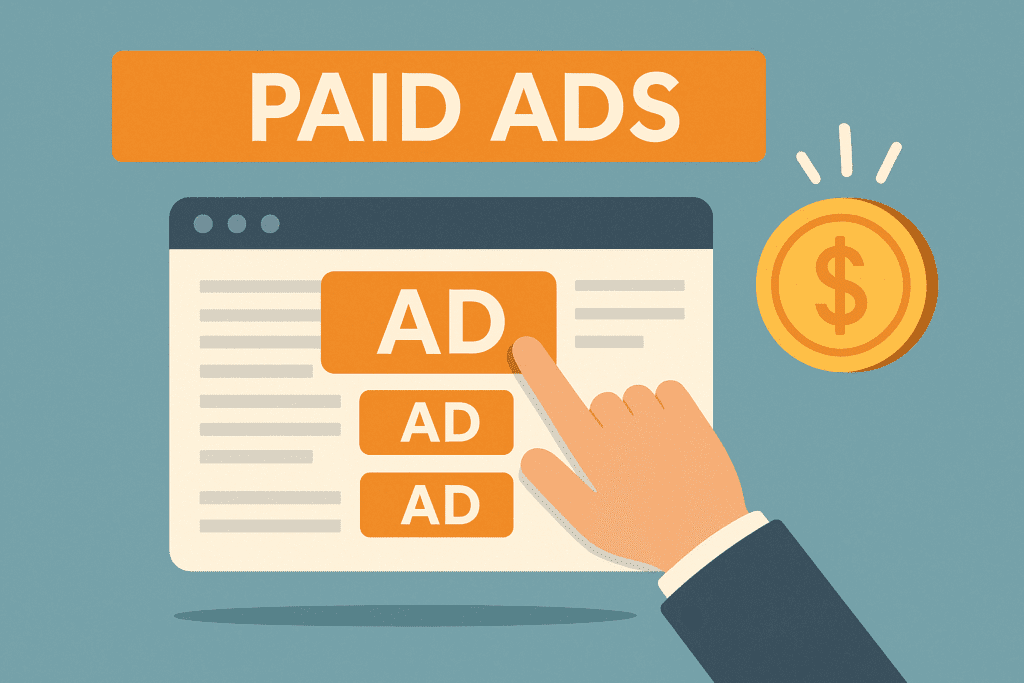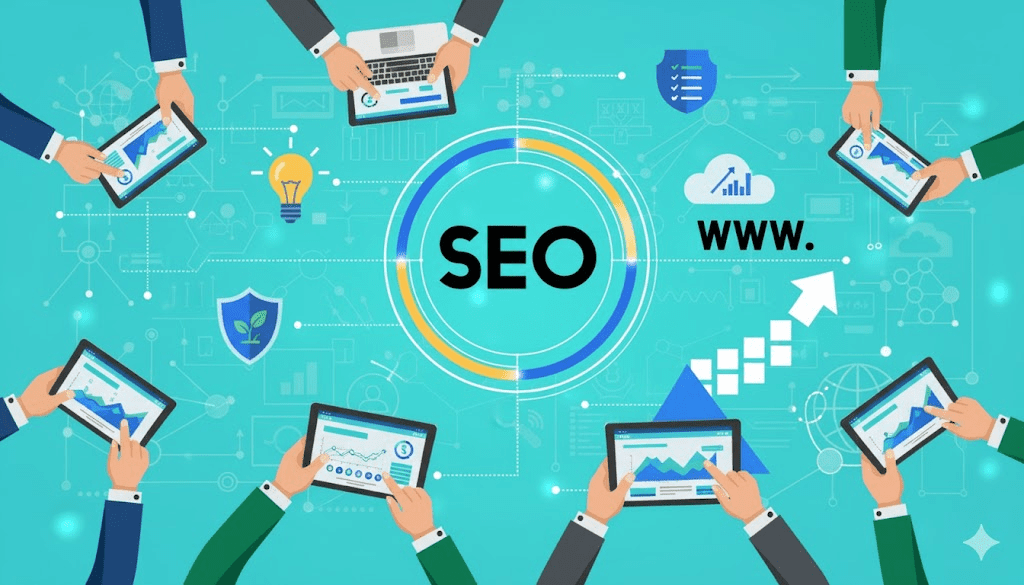For businesses venturing into the digital realm, the choice between investing in Google Ads (Pay-Per-Click or PPC) and Search Engine Optimization (SEO) represents a critical fork in the road. Both channels promise increased online visibility, customer acquisition, and growth, yet their mechanisms, timelines, and inherent risks differ dramatically. Despite widespread knowledge of digital marketing’s importance, many business owners still struggle to differentiate between these two strategies or, more critically, to determine the optimal starting point for their investment.
This comprehensive analysis delves into the fundamental differences between PPC and SEO, scrutinizing their risks and rewards through a contemporary lens. Drawing on extensive experience in the digital marketing ecosystem, we argue that the conventional approach—starting blindly with SEO due to its perceived “safety”—is often the riskiest, most inefficient path. Instead, a strategic, data-driven methodology recommends initiating digital outreach with paid advertising to validate the market, confirm conversion viability, and build the business case for sustainable, long-term SEO investment.
I. Differentiating the Digital Giants: Ads vs. Organic
Before determining the starting strategy, a clear distinction between the two primary visibility channels on the Google Search Engine Results Page (SERP) is essential.
A. Google Ads (PPC): The Sponsored Real Estate
Google Ads, or PPC advertising, allows businesses to bid for prominent placement at the very top of the SERP. These results are clearly labeled, typically with the word “Sponsored.”
- Mechanism: Advertisers pay a fee to Google every single time a user clicks on their ad (hence, Pay-Per-Click). The cost per click (CPC) is determined by competition, keyword relevance, and the quality of the ad and landing page.
- Visibility: PPC ads appear instantly and occupy the highest-value, most visible positions on the SERP, directly above all organic listings and often above the map results.
- Cost Structure: Highly measurable and incremental. Budgets can be set daily or weekly, and campaigns can be activated or paused immediately.

B. SEO (Organic): The Earned Authority
SEO refers to the practices used to naturally improve a website’s ranking in Google’s “organic” or unpaid search results.
- Mechanism: Requires consistent, long-term effort focused on optimizing site structure, creating high-quality, relevant content, and earning authoritative external links (backlinks). Google’s complex algorithm determines the ranking based on hundreds of factors related to E-E-A-T (Experience, Expertise, Authoritativeness, and Trustworthiness). You can read more about Google’s approach to quality in their official quality raters guidelines.
- Visibility: Organic results appear below the paid and map sections. The website is not charged when a user clicks an organic link.
- Cost Structure: Involves substantial upfront investment in content creation, technical optimization, and agency fees, with no guarantee of visibility or immediate return.
While Google intentionally designs the organic and paid results to look visually similar—differentiated primarily by the “Sponsored” tag—the mechanisms that drive traffic to them are fundamentally opposed.
II. The Fatal Flaw in the “SEO First” Approach
Many business owners are inherently drawn to SEO first. It feels safer because it promises “free” traffic over the long term and creates a valuable digital asset that won’t vanish when advertising dollars cease. However, this perceived safety masks a much greater initial risk.
A. The High-Risk Investment of Blind SEO
The most significant problem with starting with SEO is the lack of measurable results in the short-term. SEO is a linear game where visibility is binary: you are either on the first page, or you are virtually invisible.
- The Zero Clicks Threshold: If a business starts on page three of Google and hires an agency charging a substantial monthly fee (often several thousand dollars), a few months of effort might only push them to the top of page two. Crucially, from a traffic perspective, page two is identical to page three: zero clicks. The business has invested thousands of dollars and several months for zero return on investment (ROI) and no new customer acquisition, making this a highly risky, speculative venture.
- The Algorithm Volatility: Google continually refines its algorithm, often releasing several major updates annually. Much of the traditional SEO work sold by agencies involves strategies designed to artificially “hack the system”—such as aggressively building low-quality backlinks or creating thin sub-pages solely for keyword targeting. As Google’s artificial intelligence becomes more sophisticated, these tactics are increasingly penalized. An algorithm update can instantly wipe out six to twelve months of expensive, hard-fought SEO progress, resetting the business’s investment to zero.
- The True Nature of Long-Term SEO: Authentic, long-term SEO success is a consequence, not a primary driver. It is achieved when a business genuinely becomes a highly reputable, successful, profitable, and well-known entity in its industry. Google’s algorithm rewards websites that customers naturally want to visit, link to, and rely upon. Hiring an agency to simulate this authority through artificial means is a constant, losing battle against an ever-smarter system.

B. The Unmet Need for Market Validation
Another critical failing of the SEO-first approach is that it defers market validation. A business can spend months and money to rank #1 organically, only to discover that the resulting traffic doesn’t convert into profitable customers. Without a rapid testing mechanism, this failure isn’t realized until the investment has been fully spent.
III. The Strategic Advantage: Start with Paid Ads
The most rational, data-driven approach for a business entering the digital sphere is to begin with a lean, efficient, and highly measurable test using paid advertising. PPC offers predictability, immediate feedback, and the ability to quickly establish a viable business case for future investment.

A. Precision, Measurement, and Predictability
Google Ads eliminates the ambiguity inherent in early-stage SEO.
- Immediate Results: Campaigns can be set up and launched within hours. Within days, the business begins seeing real traffic, leads, and conversions. This instantaneous feedback loop allows for rapid optimization.
- Granular Control: Budgets can be set in small, controlled increments (e.g., $500 to $1,000 for a test run). The campaign can be paused, adjusted, or scaled based on immediate ROI. This measured approach minimizes financial risk.
- The ROI Calculation: The primary goal of the initial paid ad test is to establish the Customer Acquisition Cost (CAC) and the Return on Ad Spend (ROAS). For example, a test could reveal: Spent $1,000 → Generated 100 Clicks → Resulted in 10 Leads → Converted 3 Customers (each worth $2,000 in revenue).
Result: Invested $1,000, generated $6,000 in revenue. The investment was highly profitable.
This hard data provides the necessary proof of concept: The traffic from the internet converts profitably. This knowledge de-risks all subsequent, long-term investments.
B. The Necessity of Separate Landing Pages
To accurately measure the true impact of the ad campaign and avoid contamination from existing traffic, all PPC efforts must drive users to a dedicated, high-converting landing page separate from the main corporate website.
- Isolation of Data: Sending ad traffic to a specific landing page ensures that all conversion metrics—lead forms, phone calls, purchases—can be definitively attributed back to the ad spend.
- Conversion Optimization: Landing pages are designed for a single purpose: conversion. They remove the distractions of the main website (navigation menus, excessive links) and focus the visitor on the specific offer made in the ad. This is critical because traffic from cold internet ads often requires more careful nurturing and a streamlined experience than warm, referred traffic.
C. Data-Informed SEO Investment
Only once the paid ad test has conclusively proven that internet leads can be profitably converted should a business consider a long-term investment in SEO. At this point, the SEO investment is no longer a gamble; it is a strategic expansion of a proven conversion model.

If the paid test confirms a positive ROI, the business now knows that if it can achieve first-page organic rankings and generate a specific volume of traffic, that traffic will reliably result in new revenue. This eliminates the existential risk of spending months on SEO only to find the traffic is non-converting. The data generated by the paid ads informs the SEO strategy, highlighting the most valuable, highest-converting keywords to target for organic growth.
IV. The Reality of Digital Leads vs. Referrals
A common mistake made by businesses transitioning to digital marketing is assuming that an online lead is equivalent to a referred lead. This assumption can lead to serious disappointment and the premature abandonment of digital channels.
A. Referral Leads (Warm Leads)
Referral leads are the gold standard. They arrive with inherent trust, having been validated by a mutual connection. They are “warm” and often ready to buy immediately, requiring minimal convincing. Most established businesses are accustomed to this high-conversion reality.
B. Digital Leads (Cold Leads)
Leads generated from the internet—whether via SEO or Google Ads—are fundamentally different. They are “cold” and often lack established trust. They require a much longer, more sophisticated nurturing process involving follow-up sequences, social proof, and ongoing communication to convert into a customer.
- Higher Touch Conversion: Converting a cold internet lead demands better sales training, faster response times, and a professional process to build rapport quickly.
- Lower Initial Quality: While high in volume, the average quality and profitability of an internet lead can often be lower than a referral lead, especially in relationship-driven industries.
It is vital for businesses to understand that their conversion process must adapt to the colder nature of digital leads. Before investing heavily in SEO, the paid test confirms not just that traffic is available, but that the business’s internal sales process can successfully convert cold digital traffic into profitable revenue.
V. The Path to Sustainable and Authentic SEO
Once the viability of digital customer acquisition is proven through paid advertising, the strategic focus can shift to building a truly resilient and penalty-proof organic presence. This involves prioritizing foundational SEO and business excellence over short-term hacks.
A. Prioritizing Foundational SEO
The only non-negotiable SEO activities are those that ensure your site is readable and trustworthy to Google:
- Technical Health: Ensuring fast site speed, mobile-friendliness, and clean, logical site architecture. Utilizing tools like Google PageSpeed Insights and the Search Console for technical diagnostics is paramount.
- On-Page Clarity: Perfecting title tags, meta descriptions, and header structure to clearly convey the topic and relevance of each page, directly supporting the principles of E-E-A-T.
B. Focus on Authentic Business Growth
The most powerful and sustainable SEO strategy transcends technical hacks and focuses on becoming a better business:
- Content Excellence: Investing in high-quality, long-form content that genuinely solves customer problems and establishes industry expertise. This naturally attracts high-quality, organic backlinks.
- Reputational Authority: Actively seeking positive customer reviews on platforms like Google Maps and third-party industry sites. Building a strong brand presence and fostering positive sentiment is recognized by Google as a core signal of trustworthiness.
- Natural Backlinks: Earning links from reputable industry sources (e.g., press, authoritative blogs, academic institutions) through legitimate public relations, high-value content, and partnerships. These organic links are the gold standard and are impervious to algorithm updates.
Instead of paying a traditional agency to generate artificial hacks, the funds should be reinvested into content development, public relations efforts, and improving the core product or service—actions that naturally generate the authority Google seeks.
VI. Conclusion: Investing Strategically for Digital Success
The debate between Google Ads and SEO is not about which channel is inherently superior, but about which one is the most effective and least risky starting point. The default inclination to begin with long-term, speculative SEO investment is a common pitfall that exposes businesses to months of expense with no guaranteed return.
The strategic path to digital success begins with a lean, effective test using paid advertising. This measurable approach instantly validates the market, proves the profitability of converting cold internet traffic, and establishes the essential data metrics—CAC and ROAS—required to build a solid business case. Only when this foundation is proven should a business pivot and dedicate substantial resources to the long-term, complementary effort of SEO.
By proving that profitability is achievable via PPC, businesses can then invest in SEO with confidence, shifting their focus away from manipulative hacks and toward the genuine creation of a reputable, authoritative digital asset that Google will naturally reward with high organic visibility. This strategic sequencing minimizes initial risk and maximizes the potential for sustainable, profitable growth in the modern digital economy.

